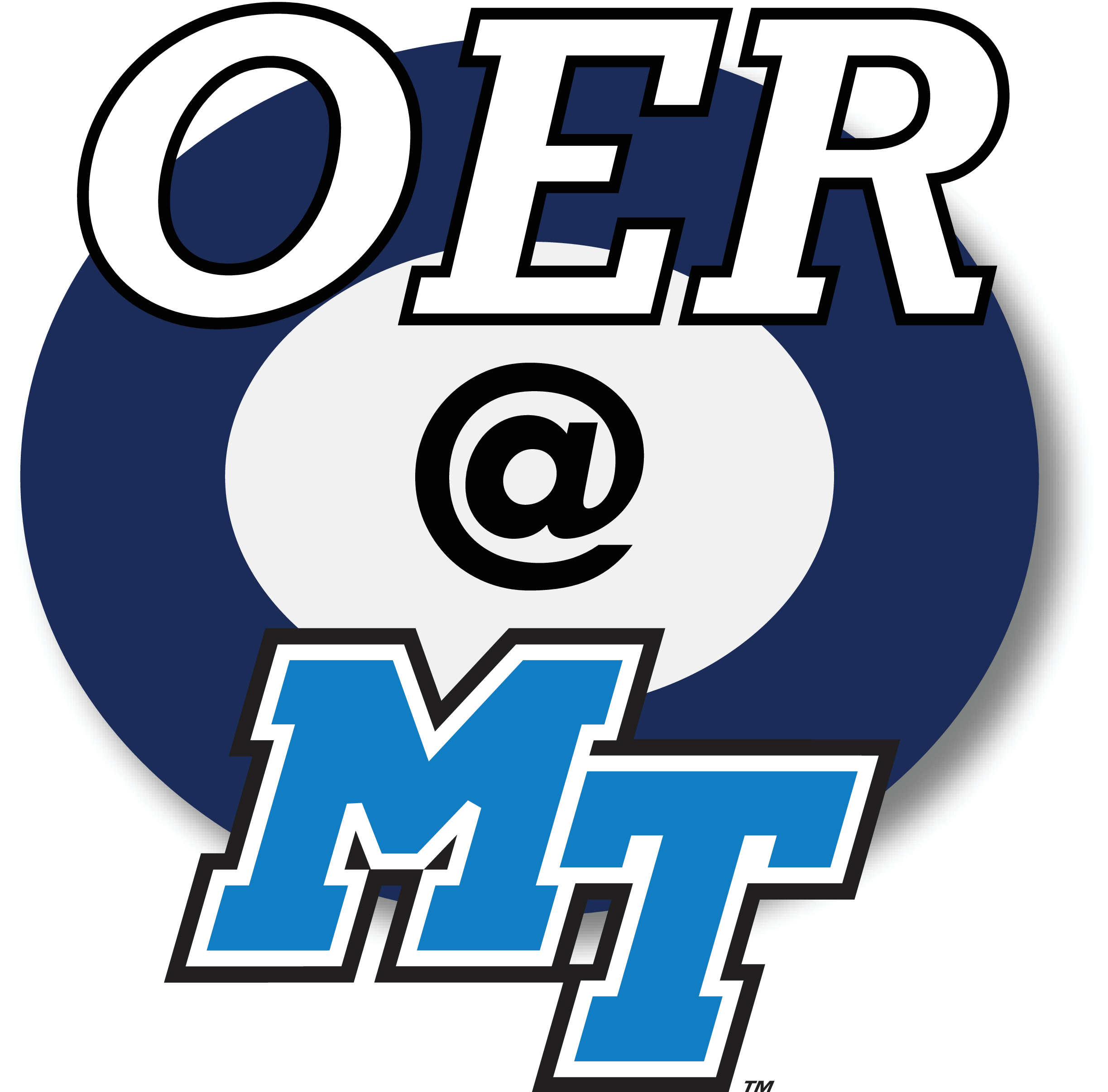Appendix: Writing & Research Skills
53 Formatting Your Paper in MLA
Melanie Gagich and Kate L. Pantelides
The Modern Language Association began in 1883 as a “discussion and advocacy group for the study of literature and modern languages” (“Modern Language Association”). MLA style was created by this group in 1951 in order to provide scholars in this field with a set of shared writing and citation guidelines. MLA style is mostly used in the humanities, such as English and modern languages; it governs how writers format academic papers and cite the sources that they use.
For the most current version of MLA style, please visit the MLA website or the Purdue’s Online Writing Lab (OWL) MLA Guide, which you can see embedded below.
You can also consult the library’s Citation Style Guide and the full text of the MLA Handbook, 9th edition, which is available online to MTSU students through the library.
Attributions
This chapter is an adaptation of “12.1 Formatting Your Paper in MLA” by Melanie Gagich in A Guide to Rhetoric, Genre, and Success in First-Year Writing and is used under a Creative Commons Attribution-NonCommercial-ShareAlike 4.0 International License.

